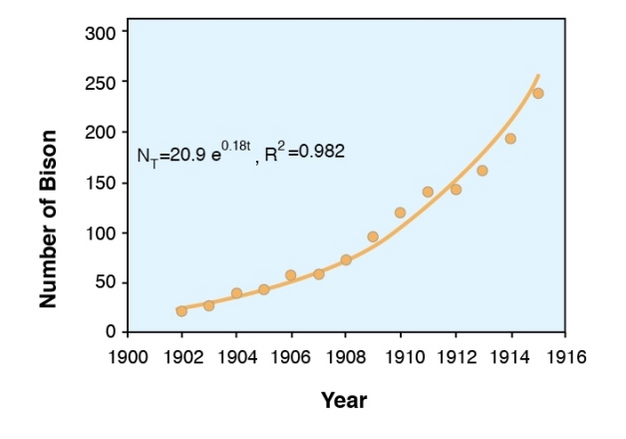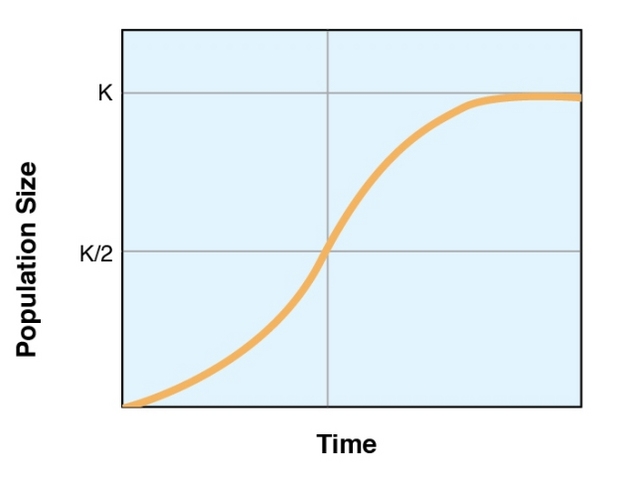What Theory Best Describes Population Growth
Stages of the Demographic. Thomas Robert Malthus an English cleric and scholar.

An Introduction To Population Growth Learn Science At Scitable
The number of births in a given period of time in a population.

. The theory behind the demographic transition is that industrial development causes economic and social progress that then affects population growth rates. Ester Boserup Population Growth Theory Explained For over 200 years the ideas of population growth centered around a theory proposed by Thomas Malthus. This ability is a major factor responsible for human population.
Was said to be in Stage 1 in the 19th century. Malthusian Theory Of Population. Population growth plays a different role in each of these theories.
Such a postulation is an implication of the belief. The theory was proposed by. The Malthusian theory of population growth is a sociological theory originally proposed by Thomas Robert Malthus to explain what he saw as the dangers of overpopulation.
1 For the neoclassical economists high population growth is a neutral factor. This is the developing country. Malthus Theory of Population Growth Malthus believed that if a population is allowed to grow unchecked people will begin to starve and will go to war over increasingly scarce resources.
They are described by characteristics that include. By analyzing the then prevailing situation in different countries Malthus initiated a. Various indices have been used to express.
The Classical Growth Theory postulates that a countrys economic growth will decrease with an increasing population and limited resources. The two simplest models of population growth use deterministic equations equations that do not account for random events to describe the rate of change in the size of a population over time. Humans are unique in their ability to alter their environment with the conscious purpose of increasing its carrying capacity.
Population growth is very slow influenced in part by the availability of food. Neoclassical growth theory is the view that the growth of real GDP per person is temporary and that when it rises above the subsistence level a population explosion eventually brings it back. Population growth continues but at a lower rate.
The theory of demographic transition is the most acceptable theory of population growth. It has no intrinsic. Most developing countries are in Stage 3.
Malthusian Theory of Population In 1798 Malthus published an Essay on the Principle of Population. In other words the theory of demographic transition only describes the historical experience of population growth and economic growth in currently developed European countries. Three factors determine population growth and they are.
The Malthusian Theory of Population is the theory of exponential population and arithmetic food supply growth. Populations are groups of organisms of the same species living in the same area at the same time. Malthuss prediction of a world in which production would be barely sufficient to keep people alive has proven incorrect because of gains generated by increased physical and human capital.
In Stage 4 birth and death rates are both low stabilizing the population. He believed that populations. The Malthusian Theory of Population is a theory of exponential population growth and arithmetic food supply growth.
It neither lays emphasis on food supply like the Malthusian theory nor does it develop a.

An Introduction To Population Growth Learn Science At Scitable

An Introduction To Population Growth Learn Science At Scitable

An Introduction To Population Growth Learn Science At Scitable

No comments for "What Theory Best Describes Population Growth"
Post a Comment